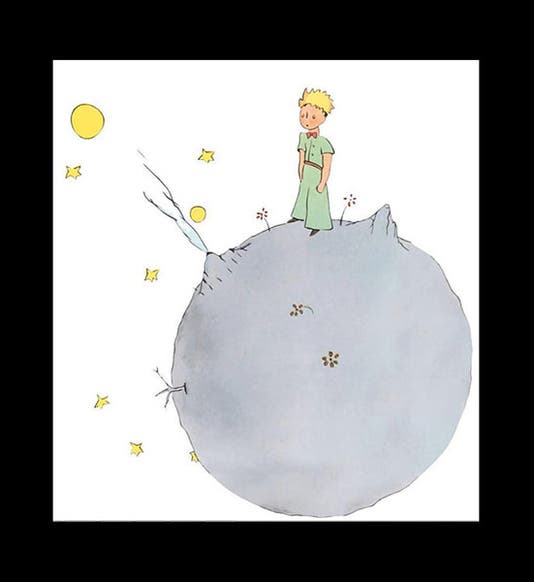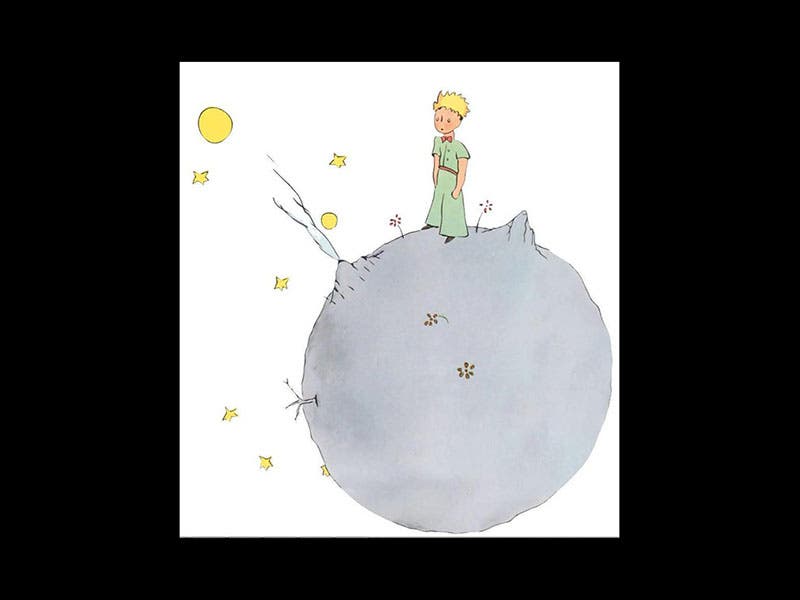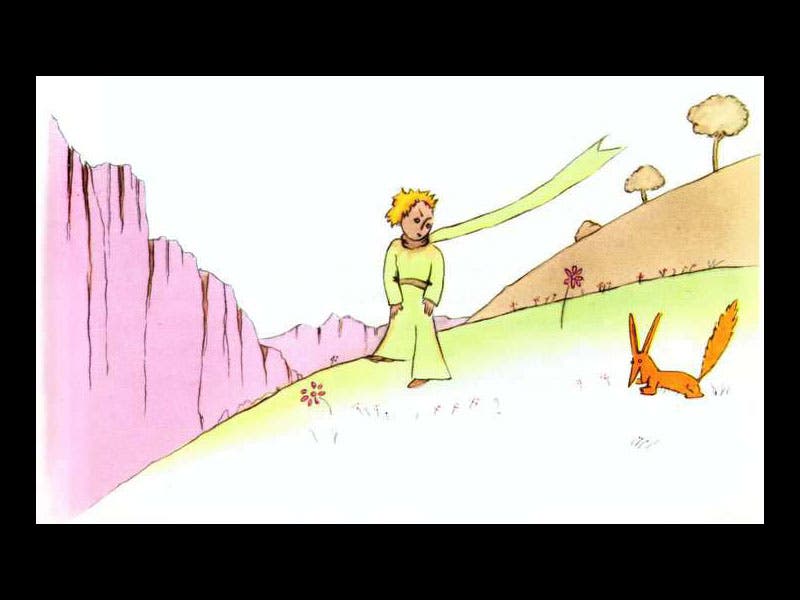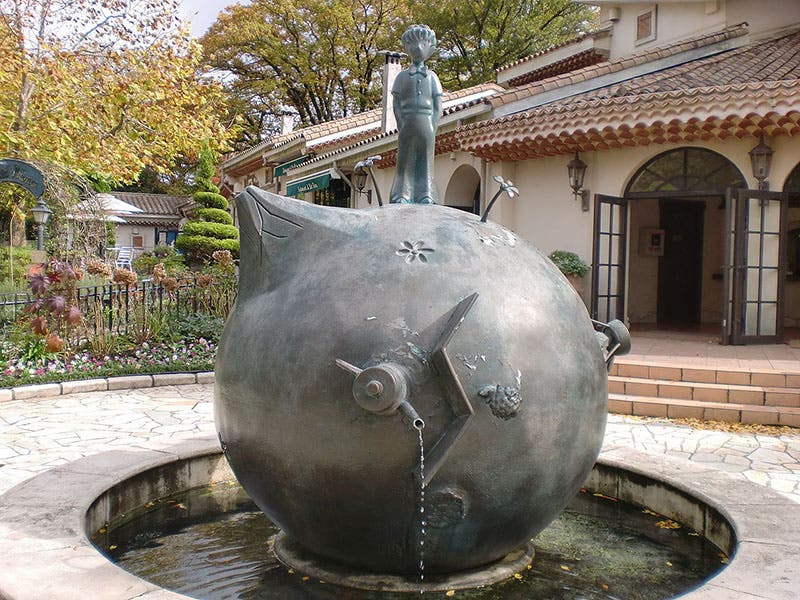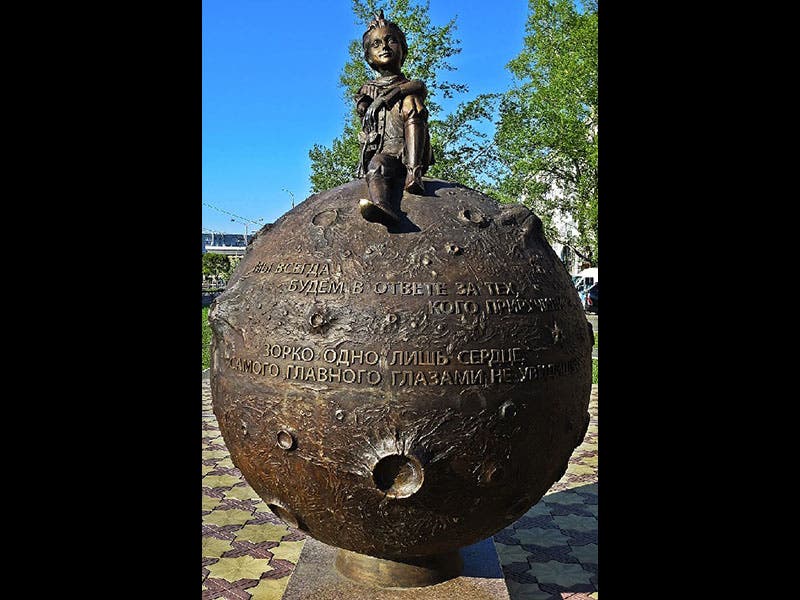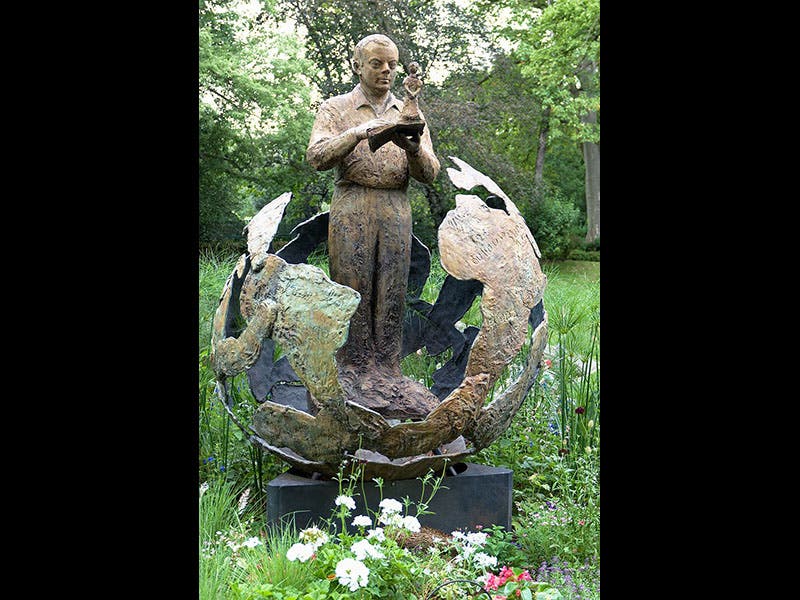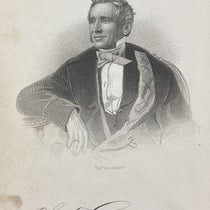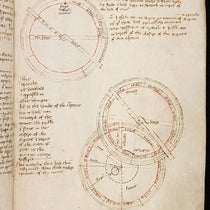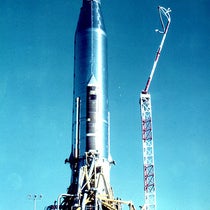Scientist of the Day - Antoine de Saint-Exupéry
Antoine de Saint-Exupéry, a French aviator and author, was born June 29, 1900. In 1943, he described for his readers an unusual asteroid, B-612, which was about the size of a house, had 3 volcanoes (one inactive), and was home to an untold number of baobab seeds, each one threatening to send down roots and crack open the little planet. He also described the asteroid's one inhabitant, who kept the baobab sproutlings from over-running his abode, cleaned out the volcanoes regularly, and who wanted a sheep (which was why he was on Earth), although he was apprehensive that the sheep might eat the asteroid's one flower, a rose. The book, of course, was Le Petit Prince (The Little Prince), as charming a piece of science fiction as has ever been written, and delightfully illustrated by Saint-Exupéry himself (first image). If you haven't read the book since you were a child, or since you read it to a child, you should read it again, as it is really a book about adulthood, at what we lose when we grow up, when we decide that the concerns of youth are no longer "matters of consequence." Where else can you meet a fox who wants to be tamed, to make himself meaningful, prompting the prince to wonder if he has been tamed by his rose (second image)?
Saint-Exupéry died one year after giving us B-612, when his plane went down over the Mediterranean, but the Little Prince seems to be immortal. The book has sold some 2 million copies a year for over 70 years and has been translated into every language imaginable. There are even a smattering of Little Prince monuments about, commemorating what may be the solar system's best-known asteroid and its occupant; we see here one in Hakone, Japan, where they have an entire museum dedicated to the Little Prince (third image) and another in Abakan in Russia (fourth image). You can find a monument to Saint-Exupery himself, holding his most famous creation, in the royal gardens of Toulouse (fifth image).
There is a modern organization known as the B612 foundation, which is devoted to detecting near-earth asteroids and developing the technology to turn them aside. What a misappropriation this is of the Little Prince's asteroid, where a more important concern is why rose have thorns if they are ineffective on sheep.
Dr. William B. Ashworth, Jr., Consultant for the History of Science, Linda Hall Library and Associate Professor, Department of History, University of Missouri-Kansas City. Comments or corrections are welcome; please direct to ashworthw@umkc.edu.

